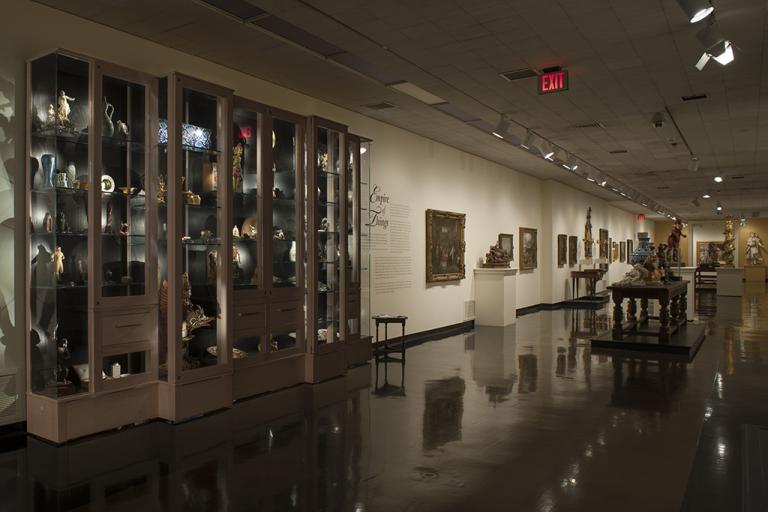In the Simmental, Switzerland, Thomas Cole
Artwork Overview
Thomas Cole, artist
1801–1848
In the Simmental, Switzerland,
1843
Where object was made: United States
Material/technique: oil; canvas
Dimensions:
Canvas/Support (Height x Width x Depth): 51 x 76 cm
Canvas/Support (Height x Width x Depth): 20 1/16 x 29 15/16 in
Canvas/Support (Height x Width x Depth): 51 x 76 cm
Canvas/Support (Height x Width x Depth): 20 1/16 x 29 15/16 in
Credit line: Museum purchase
Accession number: 1959.0022
Not on display
If you wish to reproduce this image, please submit an image request








